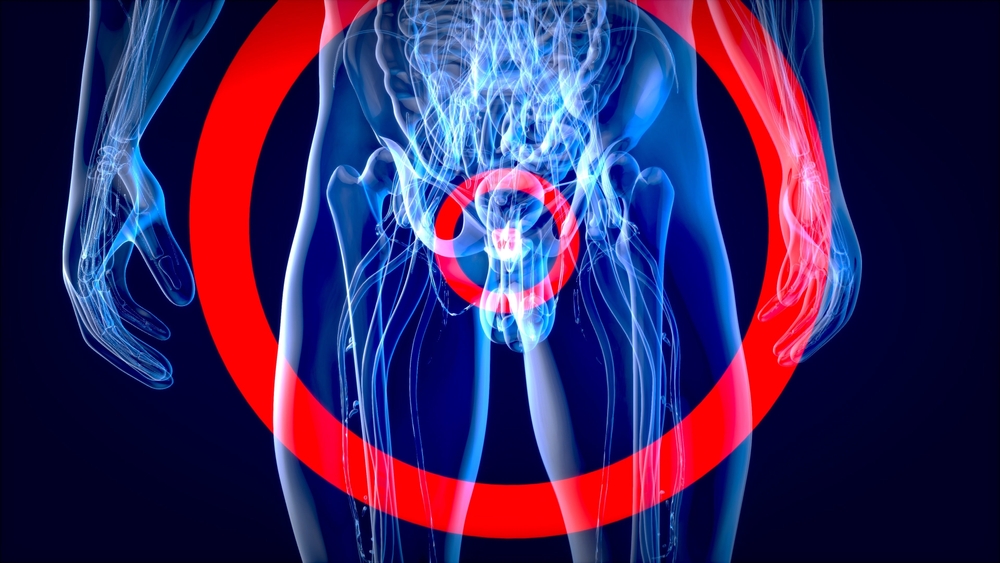
Unilateral orchiectomy is an effective treatment method used to improve patients' health and enhance their quality of life. For more detailed information about the procedure, contact EMPCLINICS.
Unilateral scrotal orchiectomy is the surgical removal of one testicle. This procedure is typically performed to treat testicular cancer, testicular torsion, testicular trauma, or other testicular diseases. The primary goal of unilateral scrotal orchiectomy is to remove the diseased or damaged testicle, thereby improving the patient's health and reducing the risk of complications.
The main purpose of this procedure is to treat testicular diseases and improve the patient's overall health. In cases of testicular cancer, unilateral scrotal orchiectomy is performed to prevent the spread of the tumor. Additionally, removing the damaged testicle in cases of testicular torsion or trauma relieves pain and speeds up recovery. Unilateral orchiectomy is an effective treatment method that enhances patients' quality of life.
Unilateral orchiectomy is usually performed under general anaesthesia. During the procedure, the surgeon makes a small incision in the scrotum or groin area to remove the testicle. After removing the testicle, the surgeon closes the incision with stitches. The procedure typically takes 1-2 hours, and patients are usually discharged the same day or the following day.
After orchiectomy, patients may experience mild pain, swelling, and bruising, which generally resolve within a few days. It is important to adhere to hygiene rules and follow the postoperative care instructions provided by the surgeon during the recovery period. Additionally, regular follow-up appointments are crucial to assess the success of the treatment and monitor for potential complications.
One of the main advantages of unilateral orchiectomy is the effective treatment of testicular diseases. This procedure prevents the spread of tumors in cases of testicular cancer and extends patients' lives. Additionally, removing the damaged testicle in cases of testicular torsion or trauma relieves pain and speeds up recovery. Orchiectomy improves patients' overall health and enhances their quality of life.
However, there are also risks and complications associated with unilateral scrotal orchiectomy. Postoperative complications may include infection, bleeding, and wound healing issues. Additionally, the removal of a testicle can lead to sexual dysfunction or hormonal imbalances. The advantages and risks of orchiectomy should be thoroughly discussed with a doctor before the procedure, allowing patients to make an informed decision.
After unilateral orchiectomy, it is important for patients to carefully monitor their symptoms and follow their doctor's instructions. Mild pain, swelling, and bruising are normal after the procedure but typically resolve within a few days. Patients should adhere to hygiene rules and keep the wound area clean and dry.
Additionally, taking prescribed pain relievers and antibiotics regularly reduces the risk of infection and speeds up the recovery process. Regular follow-up appointments after orchiectomy are crucial to assess wound healing and monitor for potential complications. Proper follow-up and care help ensure a healthy recovery process and allow the long-term health benefits of orchiectomy to be realized.
You should contact your doctor if you experience fever, severe pain, heavy bleeding, foul-smelling discharge from the wound, or delayed healing. These symptoms may indicate an infection or other complications.
The procedure is performed under anaesthesia, so no pain is felt during the operation. Mild pain and discomfort may occur after the procedure, but this can be managed with pain relievers.
For the first few weeks, avoid heavy lifting, strenuous physical activities, and sexual intercourse. Your doctor will guide you on when you can resume normal activities.